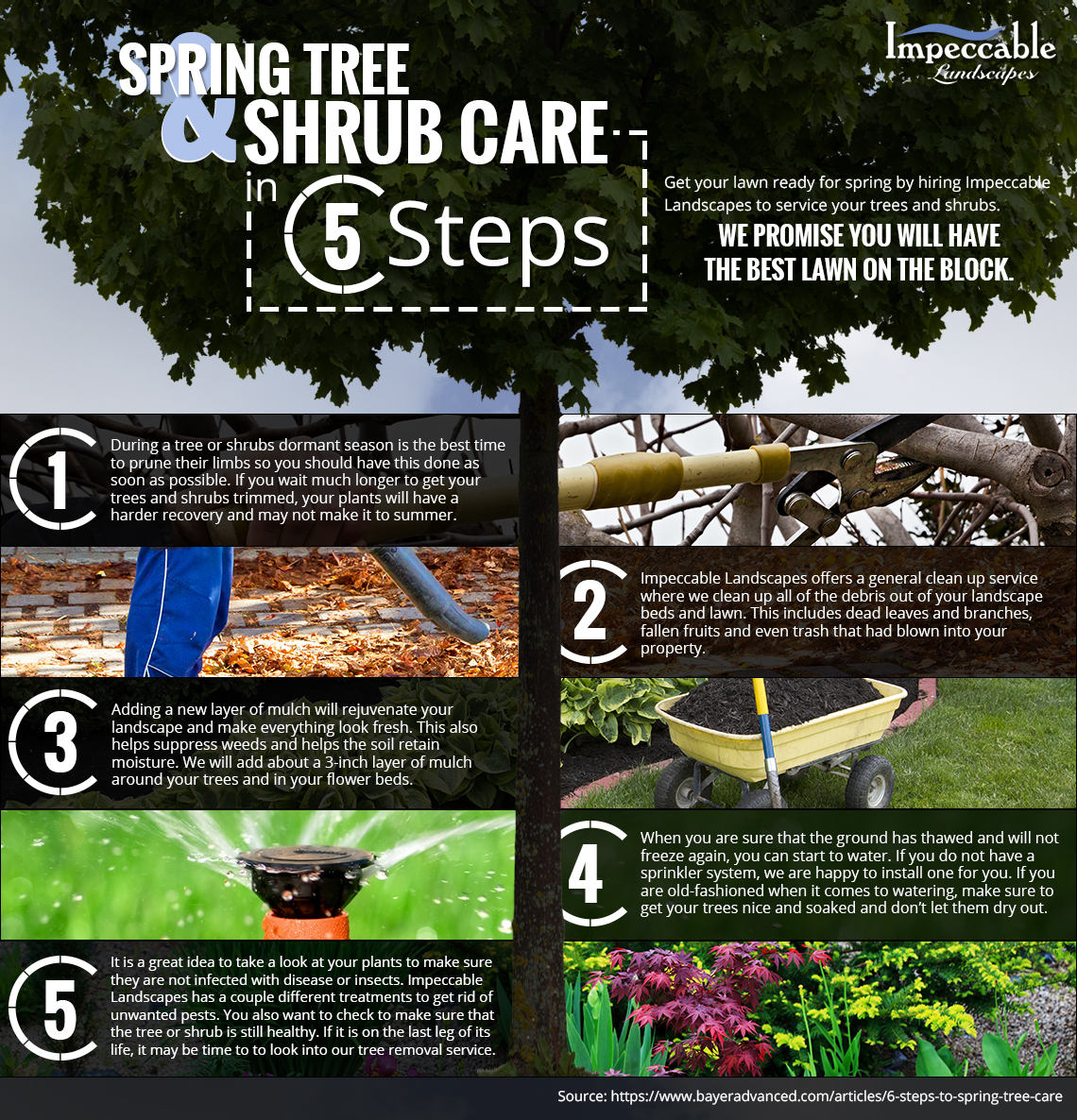Following Tree Removal, It Is Vital To Take Care Of Your Landscape To Ensure Its Repair; Uncover The Vital Steps To Rejuvenate Your Location And Protect Against Future Troubles
Following Tree Removal, It Is Vital To Take Care Of Your Landscape To Ensure Its Repair; Uncover The Vital Steps To Rejuvenate Your Location And Protect Against Future Troubles
Blog Article
Written By-Berman McCollum
After a tree's removal, your landscape might look fairly various, and it's essential to evaluate the aftermath very carefully. You'll want to evaluate the dirt disruption and examine bordering plants for any kind of indicators of stress. Disregarding these variables can cause larger problems down the line. So, what should you finish with those stumps and origins? And exactly how do you select the most effective plants for your revitalized space? Let's discover these vital actions.
Analyzing the After-effects: Evaluating Your Landscape
After a tree elimination, it's vital to analyze your landscape to understand the effect it has on your lawn.
Begin by analyzing the area where the tree stood. Try to find signs of soil disturbance, and check the surrounding plants for any stress and anxiety or damages.
You ought to additionally make note of how the removal has changed sunlight exposure and airflow in your yard. This shift can impact the growth of neighboring plants, so it's important to evaluate their wellness.
Consider the aesthetic facets as well; the elimination may develop an open space that you can upgrade.
Lastly, consider any possible erosion concerns that may arise from the tree's absence. Dealing with these aspects early will assist bring back balance to your landscape.
Dealing With Stumps and Roots: Choices for Removal
Once you've analyzed the after-effects of the tree removal, you'll likely require to tackle the stump and origins left behind.
You have a couple of alternatives for elimination. visit the up coming webpage is stump grinding, where a specialist makes use of a maker to grind the stump down to below ground degree. This method leaves minimal interruption to your landscape.
If you prefer a DIY approach, you can use a combination of excavating and chemical stump cleaners. Simply remember, this process can require time and initiative.
Alternatively, take into consideration leaving the stump as an all-natural feature, which can act as an unique yard aspect or environment for wildlife.
Whatever you choose, addressing the stump and origins is important for restoring your landscape.
Picking the Right Plants for Your New Space
As you analyze your newly gotten rid of area, choosing the right plants can significantly boost your landscape's appeal and capability.
Start by considering the sunlight and soil problems. For warm areas, go with drought-resistant plants like lavender or succulents. In shaded areas, brushes and hostas thrive well.
Consider the dimension and growth routines of your plants; mix perennials and annuals for seasonal selection. Don't forget to integrate indigenous species; they call for less upkeep and assistance local wild animals.
Group plants in strange numbers for an extra natural look and create layers for aesthetic deepness.
Finally, guarantee you have a mix of colors and appearances to maintain your landscape vivid throughout the periods.
Delighted growing!
Conclusion
Finally, restoring your landscape after tree elimination is a gratifying process. By evaluating the consequences, attending to stumps and origins, and selecting the right plants, you'll develop a flourishing environment. Don't neglect to incorporate disintegration control measures to protect your soil. With https://www.google.com/maps/uv?pb=!1s0x87695392e3f6d517%3A0xc91102aef5ddf5d8!5sPrecision%20Timber%20Felling!15sCgIgARICEAE&authuser=2&imagekey=!1e10!2sAF1QipOocUtmB2Lcd7zggtb0fF3Z5-Ks3dGcFRbYvLVe and treatment, you can change your room right into a dynamic yard that enhances your residential property. Welcome the chance to invigorate your landscape and take pleasure in the elegance of nature right in your backyard!
